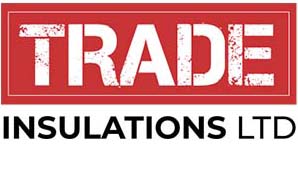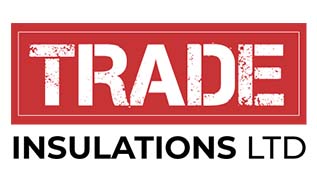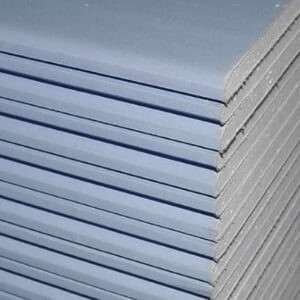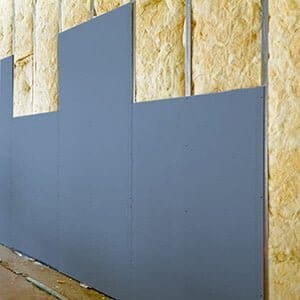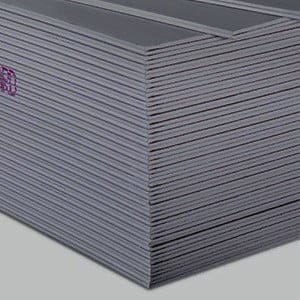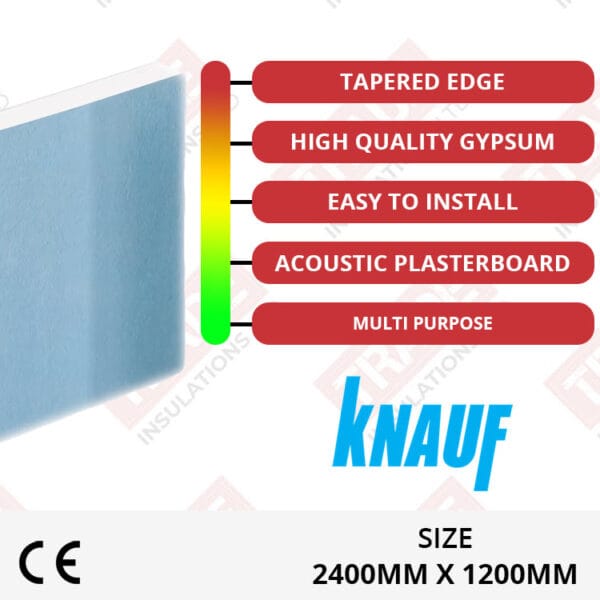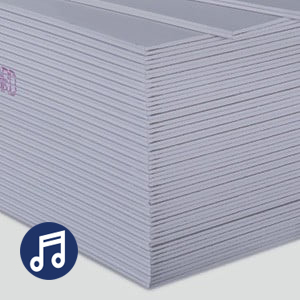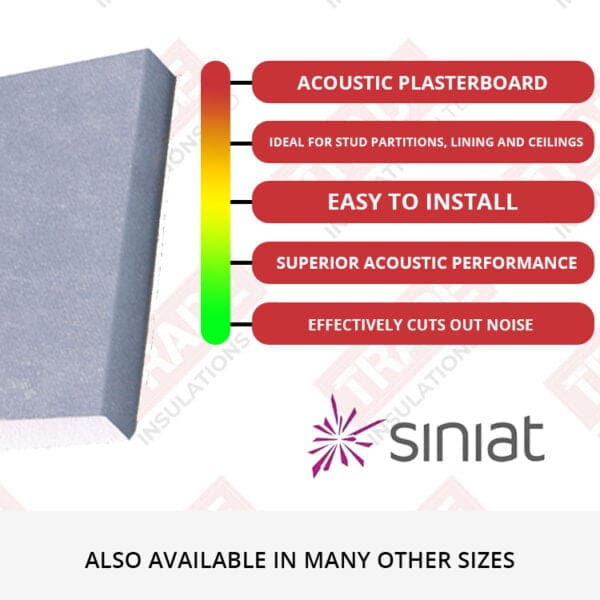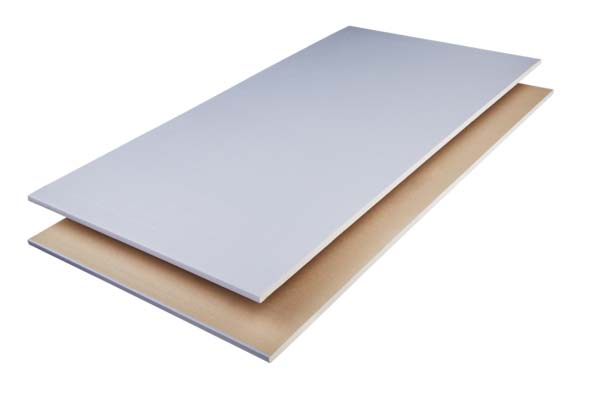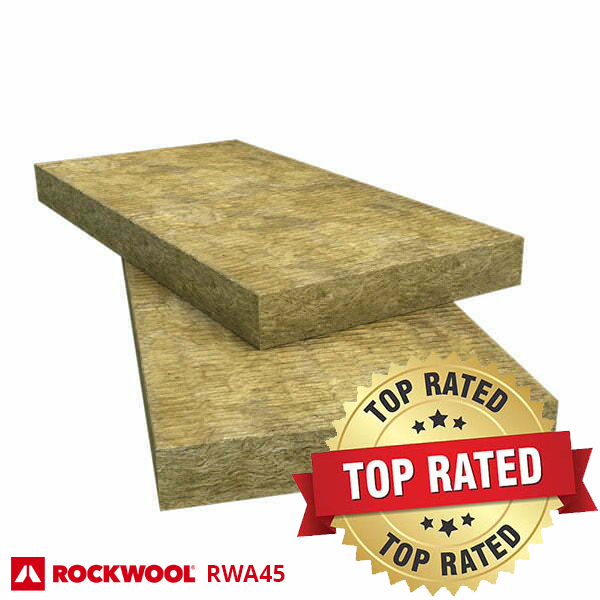SoundProof Plasterboards consist of materials Gyproc or Gypsum packed into heavy-duty paper including a high-density core designed to reduce sound travel. Acoustic Plasterboards are available with a squared or tapered edge and are designed to be installed within residential and commercial buildings in areas where noise can be elevated such as between floors and between neighbouring houses.
Soundproof Plasterboard
Showing all 6 results
Knauf Soundshield Plus 12.5mm Plasterboard (2400mm x 1200mm) Tapered Edge (2.88m2)
Original price was: £16.64.£14.55Current price is: £14.55.Knauf Soundshield Plus 15mm – Soundshield Plus Panel – (2400mm x 1200mm) Tapered Edge – 2.88m2
Original price was: £21.00.£18.36Current price is: £18.36.Soundproof plasterboard is used in properties where noise levels can cause problems such as office spaces, hotels, and flats. The soundboard has a denser material to travel through which dissolves the sound as it passes through. This allows acoustic plasterboard to boast the same thickness as non-acoustic plasterboard because it isn’t manufactured to be thicker, just denser. This includes noisy neighbours, media sounds, footsteps, and other unwanted sounds to create a more practical and comfortable home and working environment.
What is blue plasterboard?
Acoustic Plasterboard / Soundproof Plasterboards are often referred to as blue plasterboards. This is because of the blue paper facing on the front of the board itself. This colour blue is consistent among the big brands of soundproof plasterboard, therefore it helps people identify the board easily. Blue plasterboards are manufactured by insulation brands such as Knauf, British Gypsum or Siniat.
There are multiple methods by which soundproof plasterboards can be installed including:
- Wall applications
- Timber or metal partition wall applications
- Ceiling applications
What are the benefits of Soundproof Plasterboards?
- Multiple application methods
- When installed correctly will have the same lifespan as the room
- Options of tapered or squared edges
- Suitable for either new builds or refurbishments
- The Gyproc and paper materials are fully recyclable
- Prevents noise from neighbouring properties
- Product must be stored flat, and be protected from inclement weather
- The light paper facings are easily covered with plaster, paint, or wallpaper
- The boards can be fixed with drywall screws or adhesive
- The boards are suitable for direct decoration
- High resistance to deformation
- Plasterboard is easy to score and snap for rapid installation
- An option of singular or multiple layers of boards can be applied
- Accepts wide range of paint and finishing products
- Easily finished with thistle plaster or Gyproc joining materials
Soundproof Plasterboards are available from:
Knauf – Soundshield Plus Panel
British Gypsum – Gyproc Soundbloc Plasterboard
Siniat – GTEC Db Board
How are soundproof plasterboard installed?
Cut the boards to size if necessary, taking any opening such as windows and outlets into consideration. Wooden battens can be added to the area to help secure the boards depending on the area. The board can generally be fixed onto timber frames using the required screws and tools. Screws should be fixed at 10-20cm intervals and should not be too deep as the boards can crack. Position the board edge with the centre of the uprights. When joining boards ensure they are tightly butted together.
You should also stagger the boards so that, where possible, your seams don’t end up on the same stud. This will reduce the risk of cracks developing after you’ve applied your skim plaster finish.
When the boards have been fixed into place, they can either be decorated or if they need to be plastered, scrim tape should be applied to all board joins and corner beads to avoid the boards cracking or crumbling during the plastering process.
Blue Plasterboard FAQs –
How do you cut soundproof plasterboards?
Soundproof plasterboards are cut by measuring and marking the boards and then scoring the board on one side with a sharp blade. The board is then snapped over a hard edge and scored along the other side of the fold.
Are Blue Plasterboards and Soundproof/Acoustic Plasterboards the same product?
Yes, Blue plasterboards and soundproof plasterboards are the exact same products however they are often referred to as either name. The boards are also known as sound panels and Db boards, acoustic plasterboards and sound shield panels.
Can you soundproof a wall that’s already built?
Yes, to soundproof a wall that is already built materials can be added to the existing walls such as soundproof plasterboard, acoustic matts, acoustic rolls and so on. The best way to install these products is to create a stud wall on the existing wall with timber battens. Then fill the timber frame with acoustic roll and cover with soundproof boards. Always consult a professional to fin the best method for your property.
What is plasterboard soundboard?
Soundproof plasterboards are plasterboards that have been designed with a higher density core to effectively absorb airborne sound transmission. These acoustic plasterboards are easy to install and are ideal for wall linings and ceilings in rooms where greater levels of sound insulation are required.
Where are soundproof plasterboards commonly installed?
Soundproof boards are installed anywhere that will benefit from sound reduction such as, Hotels, flats, terraced house, police stations, recording studios, offices, partition walls, and so on.
